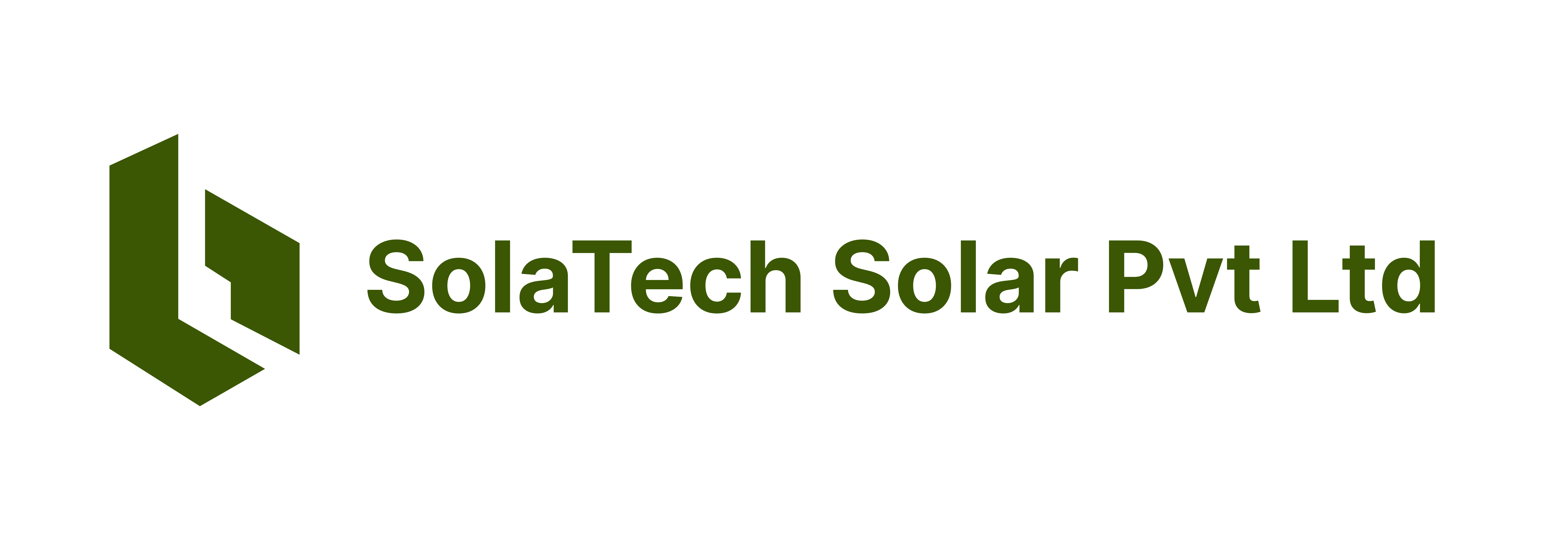
Wind Energy
Wind energy, a dynamic and renewable resource, holds the promise of revolutionizing our approach to powering future homes through its sustainable and environmentally friendly attributes. Rooted in the kinetic energy of moving air masses, wind energy has been harnessed by civilizations for centuries, evolving from traditional windmills to sophisticated wind turbines that efficiently convert wind’s force into electricity. This inexhaustible energy source has the potential to drive a clean energy transition, mitigating climate change, ensuring energy security, and creating new opportunities for sustainable development.
At its core, wind energy is derived from the sun’s uneven heating of the Earth’s surface, which causes air masses to move and create wind currents. Wind turbines, the central technology behind modern wind energy harvesting, consist of tall towers with rotor blades that capture the kinetic energy of the wind and convert it into mechanical energy. The rotor blades are designed to efficiently intercept the wind, setting them in motion. This mechanical energy is then transmitted through a shaft to a generator, which converts it into electrical energy that can be used to power homes, businesses, and even entire communities.
The deployment of wind turbines can occur in various settings, with onshore and offshore installations being the two primary categories. Onshore wind farms are typically situated in open landscapes, often on hillsides or plains with strong and consistent wind patterns. Offshore wind farms, on the other hand, are located in bodies of water, such as oceans or large lakes, where the wind tends to be stronger and more consistent. Offshore wind farms require specialized technology to anchor the turbines to the seabed and transmit the generated electricity back to land.
The utilization of wind energy to power future homes has far-reaching implications for both environmental sustainability and energy security. One of the most compelling aspects of wind energy is its capacity to significantly reduce greenhouse gas emissions. Unlike conventional fossil fuel power plants, wind turbines do not produce direct emissions during operation. By replacing fossil fuel-based electricity generation with wind energy, we can substantially lower carbon dioxide and other harmful pollutants, contributing to global efforts to combat climate change and improve air quality.
Moreover, wind energy offers a pathway to energy independence and diversification. Countries heavily reliant on fossil fuel imports can reduce their dependence on external energy sources by tapping into their own wind resources. This energy diversification enhances national security by reducing vulnerability to supply disruptions and volatile energy prices in the global market. Localized wind energy production also creates jobs and economic opportunities, fostering innovation and sustainable growth in communities that embrace this technology.
Incorporating wind energy into the future homes of tomorrow also brings the promise of resilience and reliability. As a decentralized energy source, wind power can contribute to more robust and flexible energy grids. Combining wind energy with energy storage solutions, such as batteries, enables homeowners to store excess energy during times of high generation and use it when demand is greater than supply. This energy storage capacity can prove invaluable during grid outages or during periods of low wind activity, ensuring a consistent and dependable power supply for homes.
The integration of wind energy into the fabric of future homes aligns seamlessly with the increasing trend toward smart and sustainable living environments. Imagine homes equipped with smart meters, sensors, and energy management systems that optimize energy consumption based on real-time data from the energy grid and local weather conditions. These systems could automatically adjust energy usage patterns to coincide with periods of high wind activity, maximizing the utilization of wind-generated electricity. In this way, wind energy becomes an integral part of the smart home ecosystem, contributing to energy efficiency and cost savings.
Despite its numerous benefits, the deployment of wind energy is not without challenges. One of the key challenges is the intermittent nature of wind itself. Wind speed can vary significantly over time, leading to fluctuations in energy production. This intermittency requires careful grid management and coordination with other renewable energy sources, energy storage technologies, and demand-response mechanisms to ensure a stable and consistent power supply. Additionally, concerns related to the visual impact and potential disruption to local ecosystems must be considered when planning wind energy projects.
In conclusion, wind energy stands as a beacon of hope in our pursuit of a sustainable and clean energy future. Its harnessing through modern wind turbines exemplifies the convergence of engineering innovation and environmental stewardship. The transition to wind-powered homes holds the potential to mitigate climate change, enhance energy security, and drive economic growth. By harnessing the kinetic energy of the wind and integrating it into the very foundations of our communities, we can create a future where homes are not only powered by nature’s forces but also actively contribute to a healthier planet and a brighter tomorrow.


